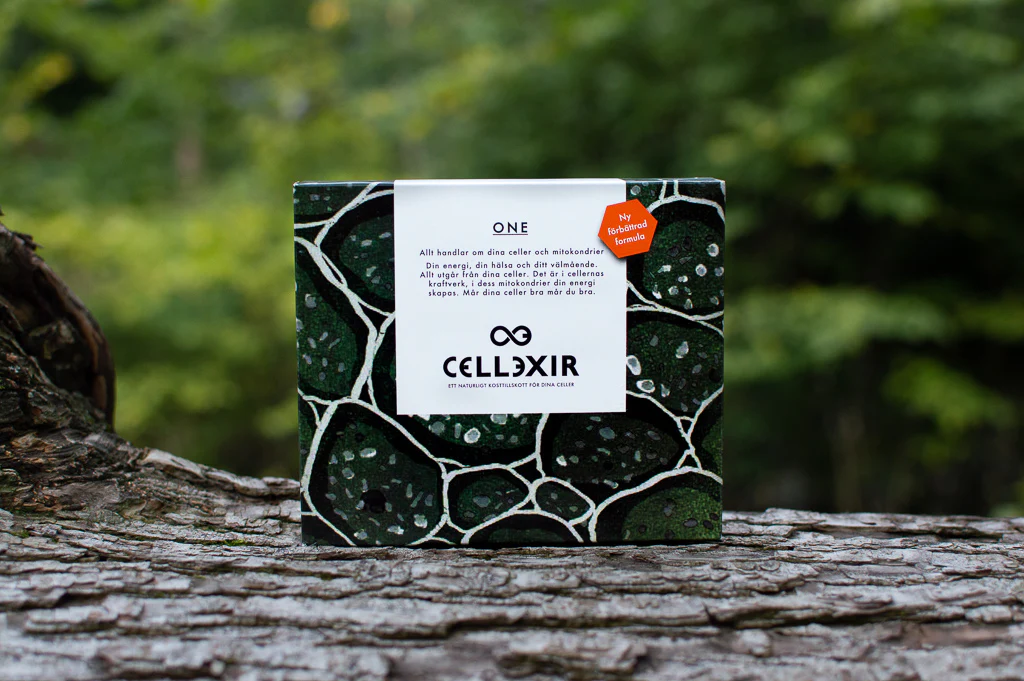Blog
Published in Medical Journal | Encouraging research about antiaging

That’s a real accomplishment and legacy work can you tell us a little about this topic and what the report has found?
Thank you. I love clinical research, and for the past few years I have been focused on ways to defeat infection without using systemic antibiotics. Many people throughout the world suffer serious wounds each year, and a significant percentage become infected. We need strategies to prevent and treat infection, without overuse of systemic antibiotics, which can have very serious side effects, not to mention the fact that bacteria are quickly becoming resistant to many of our most important antibiotics. This paper was focused on a method for defeating bacteria and fungal infections at the site of infection, using a biophysical action called desiccation. We actually pioneered the use of this strategy about 5 years ago, in my main clinic, at a hospital in the San Antonio, Texas area. The results have been extremely promising, and some of these cases were summarized in this paper.

Your clinic has grown a lot the last years and your roll as Medical Chief Officer at Wound Centrics has been both challenging and rewarding. How many are you today? Are your clinic linked to a hospital?
I am the Chief Medical Officer of a medical specialty organization that has grown to over 40 hospitals in the United States. From my main clinic site at a hospital system in San Antonio, Texas, we have grown to almost 60 clinicians in 14 states. We provide specialty care in the inpatient setting (patient in hospitals), as well as outpatient clinics. We now provide advanced care to spare and regenerate tissue, prevent and treat infections, and guide amputation prevention efforts. Many of our patients have quite challenging conditions, often with diabetes, arterial disease, chronic inflammatory conditions, and chronic kidney disease. Some are victims of trauma, or surgical complications. What is exciting is that I am able to use the same principles that I outline in Growing Young, including in many cases evidence-based nutritional strategies, to create profound improvements in these patients. Some improve so much that they look like different people within a few months. Some have lost more than 100 pounds, and appear to be 10 years younger. I love this work, and I love teaching other healthcare professionals these evidence-based techniques for creating true health gains. I serve as Chief of Staff for my main hospital, where my original clinic is based, and this enables me to be an influencer among physicians regionally.
How does your daily work communicate or link to cellular health and mitochondria support that we aim to catch with the Cellexir One formula that you designed?
As a physician involved in restoring and regenerating tissue, and healing chronic wounds, I am able to apply the science of cellular health to my work in many ways. Chronic disease is in a true sense the antipode to wellness. While some physicians mistakenly see it as random, or a bad roll of the genetic dice, my knowledge of mitochondrial function, and cellular metabolic health tells me that a patient with systemic illness is a patient with badly functioning cells. By restoring cellular health, a patient can begin the process of restoring the health of the whole body. I get to see this exemplified very graphically, because a wound is in a sense a window into cellular health that quickly reveals epigenetic and metabolic aspects of cellular health. By using principles like those embodied in Cellexir; strategically employing evidence-based supplements rather than generic “eat better and exercise more” advice that is often dispensed by physicians, I can quickly see improvements in cell function, in that tissue function improves in ways I can document and measure, using computerized, photogrammetric analytic techniques. Much of this improvement can be chalked up to improvements in mitochondrial health, as well as epigenetically mediated reductions in systemic inflammation.


